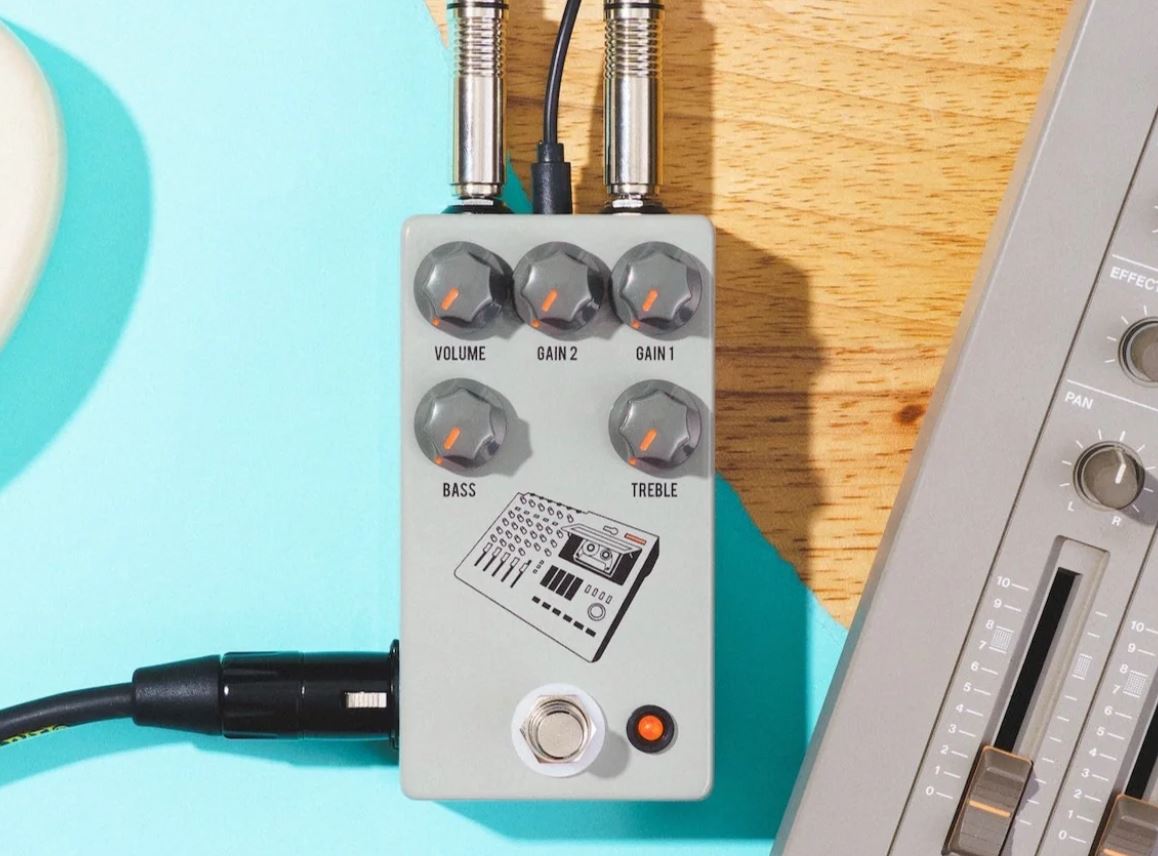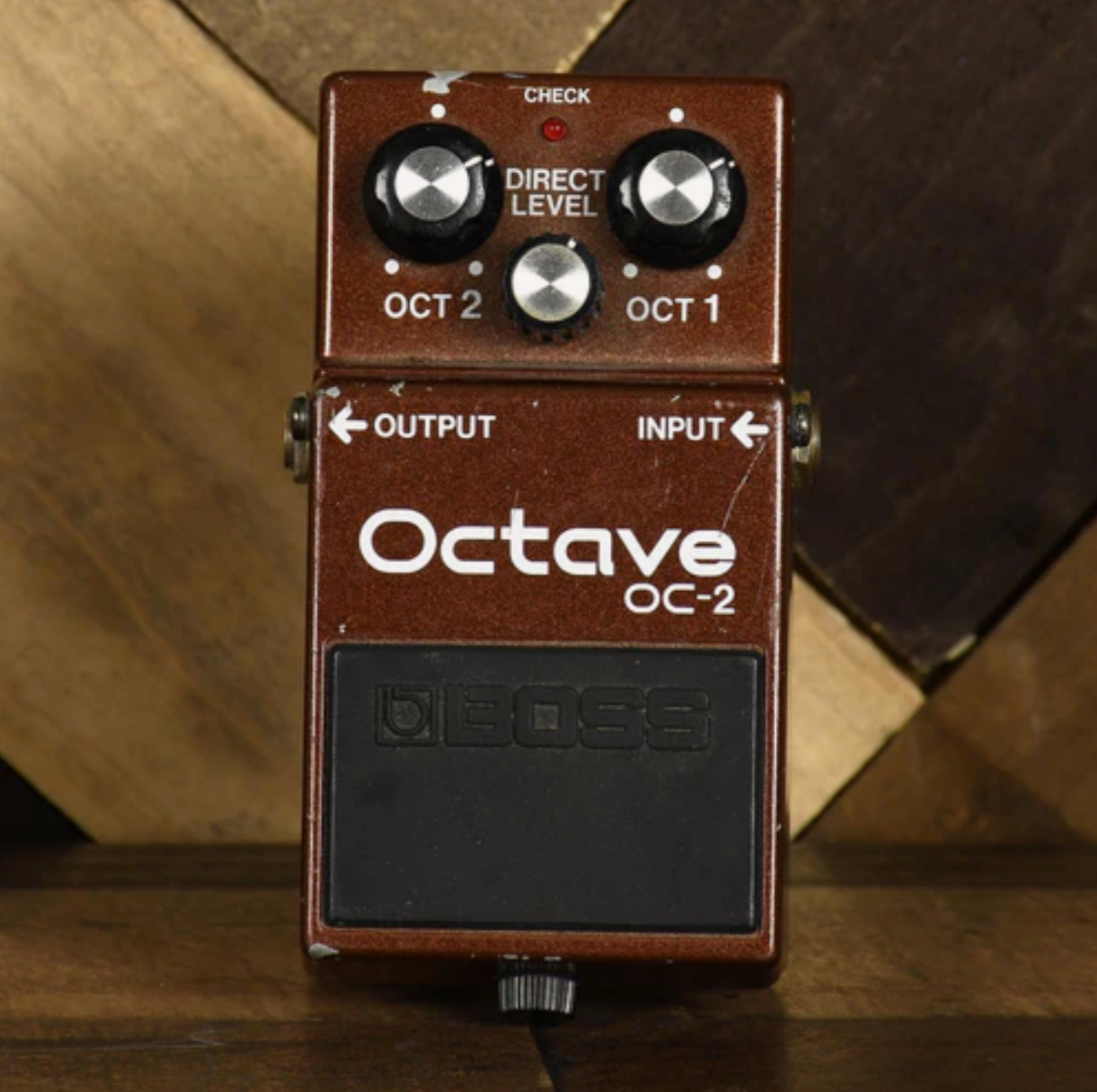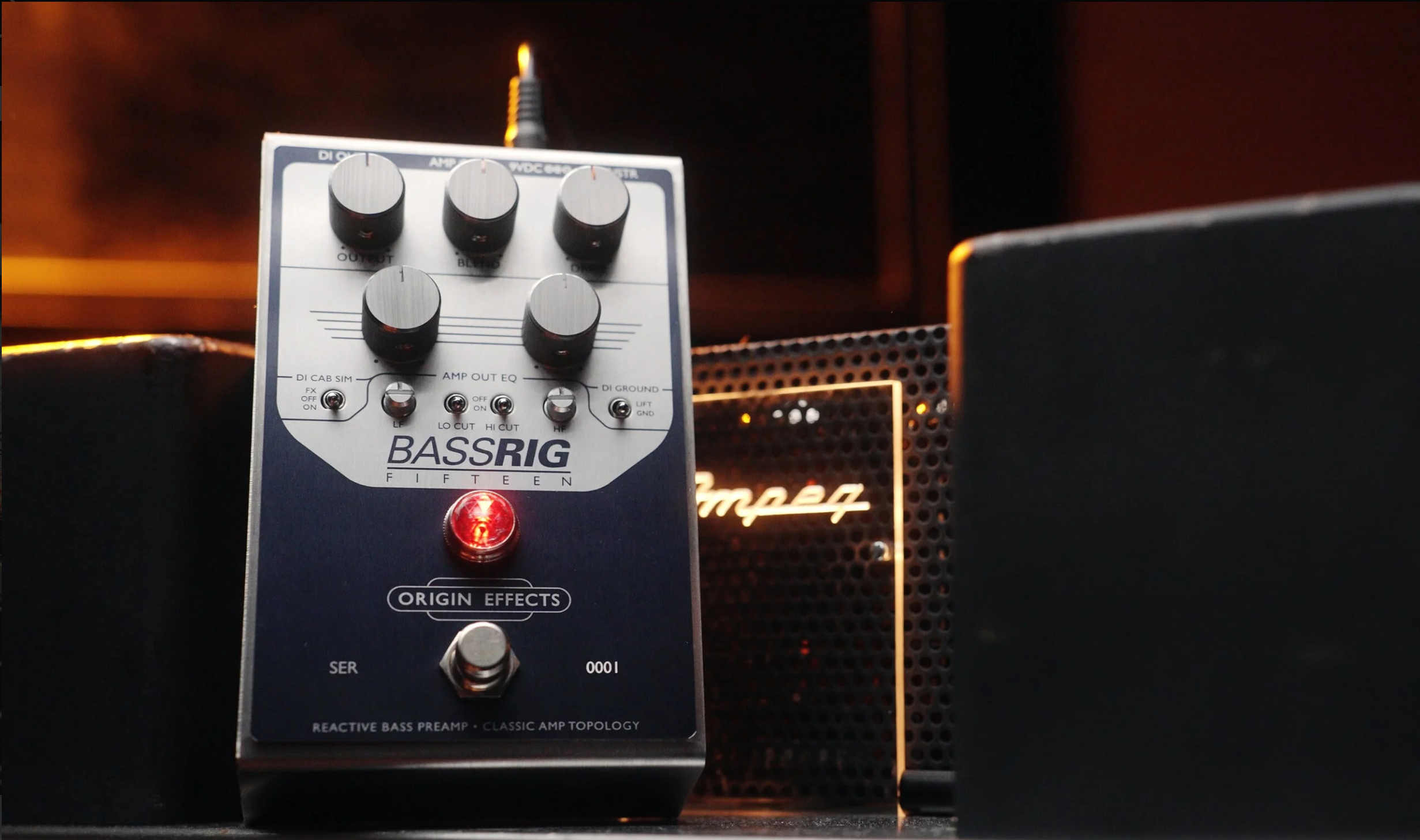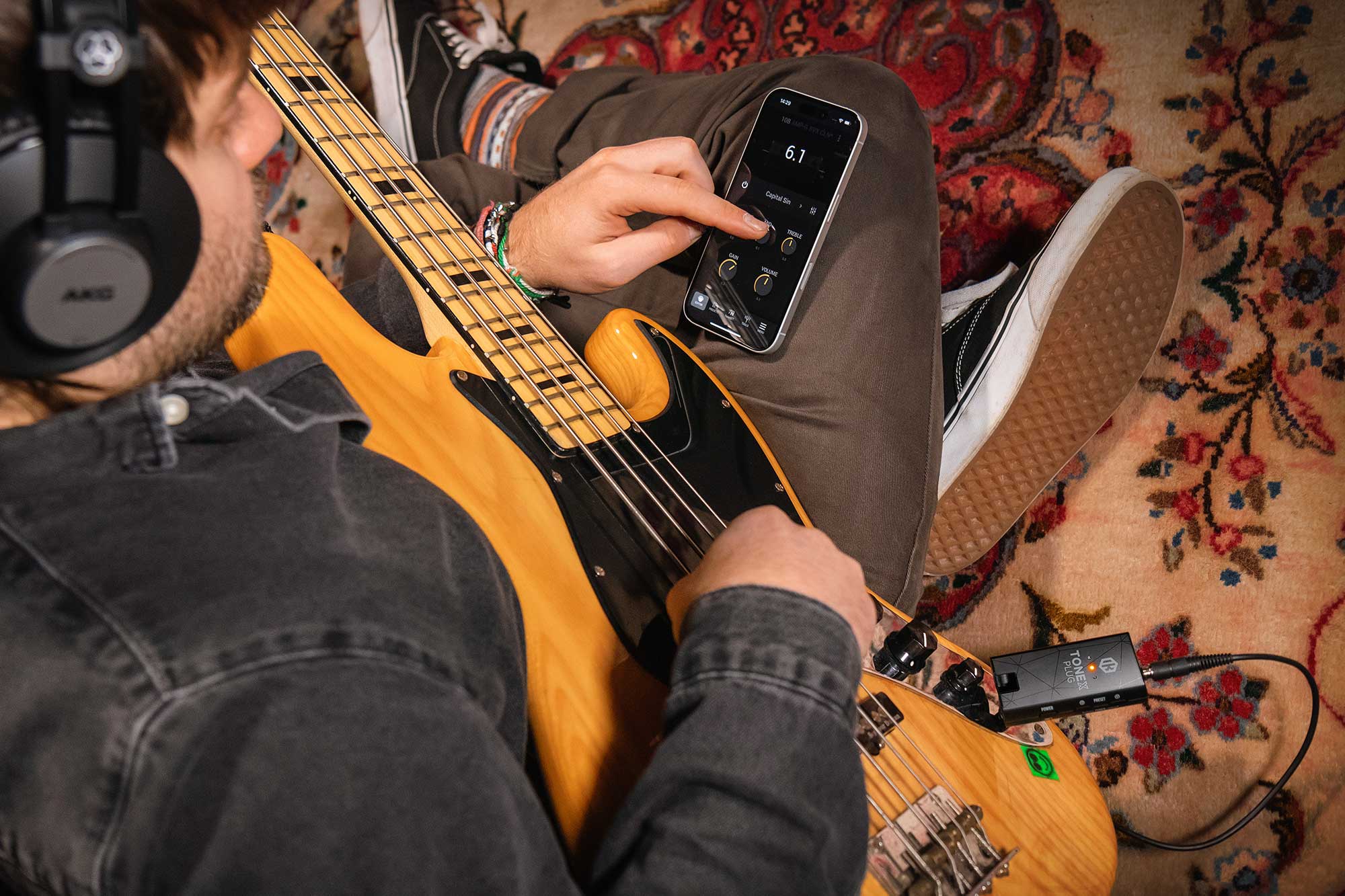
JHS 424 Gain Stage – Bringing Classic 424 Analog Mojo: Pedal Review
Saturation, Fuzz, Warmth, and Retro Vibe in One Compact Pedal Disclaimer: This pedal was kindly provided by JHS Pedals for the purpose of this review. However, this does not influence our opinions or the content of our reviews. We strive to provide honest, unbiased, and accurate assessments to ensure that our readers receive truthful and helpful information. For many players, the Tascam PortaStudio 424 was the gateway into home recording—a tactile, imperfect, and undeniably musical piece of gear that shaped countless demos and early projects. Its charm wasn’t just the ability to layer tracks; it was the sound. The hiss, the saturation, the preamp grit, the way it made bass and drums feel bigger than the room they were recorded in. JHS clearly identified this emotional attachment when designing the 424 Gain Stage, a pedal built to capture the entire signal path of a 424 MKI channel and repurpose it as a compact, bass-friendly tone tool. While a tape-inspired pedal might sound like a novelty at first glance, the 424 Gain Stage is far from a gimmick. Modern bass rigs often demand clarity and power, but they also benefit from personality—and this pedal offers both. Whether used live, in the studio, or on pedal-heavy synth-bass setups, the 424 blends warmth, saturation, and controlled distortion in a way that feels classic without being outdated. It behaves like a piece of analog gear, because in many ways, it is one—just without the tape. TL;DR The JHS 424 Gain Stage is a multi-stage gain pedal based on the Tascam PortaStudio 424 MKI channel strip. On bass, it functions as a warm preamp, subtle saturator, synth-friendly sub enhancer, vintage fuzz, and gated distortion unit. Its retro character won’t suit players seeking modern high-gain voices, but for those craving analog warmth and unique texture, it’s extremely versatile and surprisingly practical. Check Price on Amazon –> Build & Layout The control scheme mirrors the 424’s original workflow: It’s a straightforward layout that makes dialing tones fast, even in a live setting. Performance Used as a clean gain stage, the pedal adds noticeable harmonic enrichment without forcing distortion. Notes feel rounder and more present, similar to subtle tape saturation. With vintage basses—especially passive instruments—it brings out warmth and touch sensitivity that can easily enhance a mix. Increasing Gain 1 introduces the distinctive preamp coloration of the PortaStudio. It thickens the midrange, adds weight to transients, and creates a musical, old-school breakup character. This mode pairs remarkably well with octave and synth pedals because of the pedal’s warm but controlled distortion behavior. Pushing Gain 2 into the upper ranges produces a gated, aggressive fuzz. It’s tight and focused, making it suitable for riff-heavy rock or applications where a pronounced attack is desirable. EQ Functionality The Treble control works effectively to counteract the inherent warmth and density introduced by the gain stages. This makes the 424 easier to integrate into complex pedal chains, as it can restore clarity for downstream effects. The Bass knob provides enough range to adapt to different rooms or rigs without overwhelming the low end. Use Cases The 424 Gain Stage serves well as: It won’t replace modern distortion units centered on mid-forward aggression, but that’s not its role. Instead, it excels at providing a unique tonal signature inspired by the PortaStudio’s analog imperfections. Pros & Cons Pros Cons Q&A Section Q: Is the JHS 424 a “lo-fi only” pedal? A: Not at all. It can do lo-fi extremely well, but it’s also a warm preamp, subtle saturator, and legitimate fuzz pedal. Q: Does it work with active basses? A: Yes, though the gain stages react more dramatically. Active basses may hit the saturation earlier, which some players will enjoy. Q: How does it compare to the JHS Colour Box? A: The Colour Box offers far more tone-shaping options and flexibility, but at a higher cost and complexity. The 424 delivers similar vibe with fewer controls and a smaller footprint. Q: Can it handle modern metal or aggressive high-gain distortion? A: That’s not its strength. The 424 leans vintage, warm, and character-driven rather than sharp or mid-forward. Q: Is it good for recording? A: Yes—its subtle saturation modes make it a great tracking tool for adding analog feel to DI bass. Conclusion The JHS 424 Gain Stage is more than a nostalgia piece—it’s a practical and expressive tool for bass players who value analog warmth and musical imperfection. While its roots lie in the PortaStudio 424’s channel strip, the pedal feels entirely at home on a modern bass board. Its ability to move seamlessly from gentle tape-like saturation to thick overdrive and into gated fuzz gives it a unique versatility that’s hard to find in a single unit. It won’t satisfy players hunting for ultra-modern distortion, but that’s precisely the point: the 424 isn’t trying to be everything for everyone. Instead, it offers a focused palette of tones with a strong identity. Whether used as a primary preamp, a character enhancer, or a creative fuzz tool, the 424 Gain Stage brings something special—and unmistakably analog—to the table. If you want a compact, affordable pedal that captures the soul of retro recording gear while still delivering practical, gig-ready bass tones, the JHS 424 Gain Stage is absolutely worth your attention. Grab the JHS 424 Gain Stage here –> If you enjoyed checking out this JHS pedal, here are more JHS products worth exploring — all tested and reviewed here on BassGearReviews: – JHS Colour Box V2 – Neve Style Preamp Pedal



